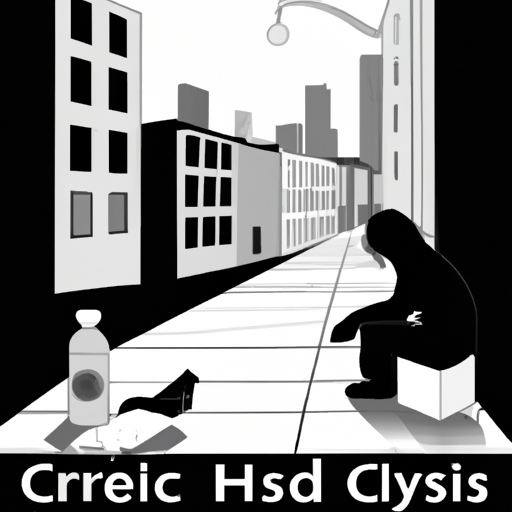The Human Cost of the Canadian Opioid Crisis
While the Canadian opioid crisis is often discussed in raw numbers – the number of overdoses, the number of deaths, the number of prescriptions – focus can sometimes shift from its human impacts. Recently, a CBC piece brought those human impacts to light. The effects of the opioid crisis are multi-faced, leading to grave consequences like homelessness and increased crime rates along with the tragic deaths. In this blog post, we delve into these effects further, discussing the efforts taken to combat them.
An Escalating Crisis
The toll of the opioid crisis in Canada is dire and escalating. As the CBC piece highlighted, opioid-related deaths have skyrocketed, particularly during the pandemic, with more than 15,300 Canadians losing their lives between January 2016 and December 2019. This increase is without doubt, underlining the urgency of this crisis. The numbers tell a heartbreaking story, but the real cost of this epidemic lies beyond data alone. It is in our homeless population, crime rates, and the heavy strain on our public health system.
The Opioid Crisis and Homelessness
The correlation between substance abuse and homelessness is not new. Addiction can easily lead to loss of housing through job loss or eviction due to drug-related behaviours. The CBC article points to a significant rise in visible homelessness, yet another consequence of the opioid crisis. By pushing already vulnerable individuals to the margins of society, the opioid crisis is exacerbating the homelessness issue in Canada.
Opioids and Crime Rates
As highlighted by the CBC, opioid addiction also correlates with an increase in crime rates, particularly petty crime. Faced with urgent needs to fuel their addiction, some resort to small crimes such as theft or property damage. It is not only the addiction itself, but also the associated crimes that demand greater attention and resources from public authorities.
Efforts to Combat The Opioid Crisis
Despite these sombre realities, the silver lining in the cloud is the range of efforts being made to mitigate the fallouts of the opioid crisis. Here are some key strategies:
- Naloxone: Distribution of naloxone kits, a life-saving medication that can quickly restore breathing in someone experiencing an opioid overdose, is central to strategies for dealing with opioid emergencies.
- Opioid Class Action: In the legal realm, governments have launched an opioid class action against opioid manufacturers and wholesalers. The aim is to recover the public health care costs of opioid related disease, injuries and deaths.
- Treatment Programs: Emphasis is also on substance abuse treatment, including medication-assisted treatment for opioid use disorder.
- Homeless Shelters: Funding homeless shelters and organizations dealing with homelessness is key in combating the societal effects of the opioid crisis.
Ideas for Future Consideration
While the measures above are crucial, there’s a need to address root causes — like mental illness, poverty and social isolation — that make certain individuals susceptible to drug addiction in the first place. This approach requires a rethinking of public health policies and possibly diverting resources from punitive measures to preventive and therapeutic ones.
In Summary
The impact of the opioid crisis in Canada is far-reaching, affecting not only individuals, but also communities through increased homelessness and crime. Effective mitigation requires a multidimensional approach, focusing on naloxone distribution, opioid class action, treatment programs and supporting homeless shelters. Yet, it is equally critical that we address root issues driving addiction. Only by doing so, can we hope to see the end of this tragic crisis unfolding in Canada.


